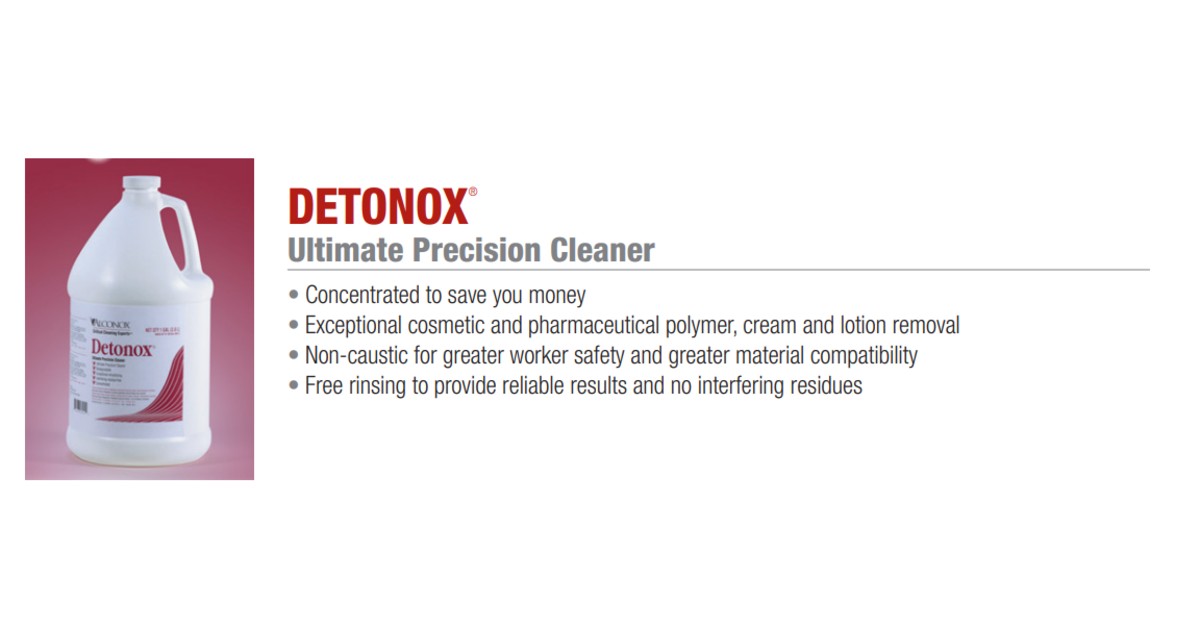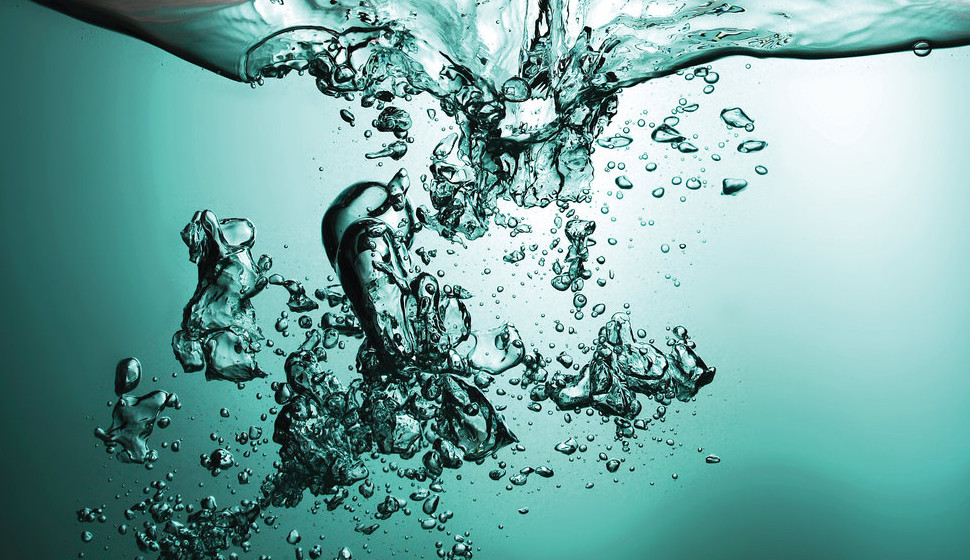Advanced Cleaning Mechanisms: Cold or Warm for Proteins?
Q: Many of your Tergazyme related TechNotes and recommendations include warm temperatures. Warm temperatures can still denature some hormones and proteins thus causing cleaning problems. I would probably start with a cool (room temp or cooler) rinse (water). Then move to the 1-2% cleaning solution in warmer temperatures. Agreed?
What is Detonox detergent?
Q: You recently recommended Detonox detergent for a tough cleaning challenge we had. You rushed a sample over and it worked fantastically. I have review your technical bulletin, but is there anything else you can tell me about it? Is it better than Alconox and Liquinox? It seems great.
A: Thank you for the feedback and question…..
Closed Bioprocessing Cleaning Recommendations
Q: We are a mid sized small biomolecule drug manufacturer and currently use several Alconox, Inc. products in our cleanroom and manufacturing suites. We are looking at implement (functionally) closed bioprocessing. Are there any recommendations you can provide?
A: Some time ago, I heard a senior executive of a large biotech company express a desire to produce drugs in a “conference room.” That day is pretty much here.
Defining Free Rinsing Detergent
A non-free rinsing cleaner might contain fragrances that were designed to deposit and leave a fresh scent, or it might contain corrosion inhibitors that are designed to deposit and leave behind an anti-corrosion film.
Alconox, Inc, cleaners are free rinsing detergents and do not leave deposits on substrates after rinsing.
Cleaning Vitamin Residues
Q. We manufacture vitamins, which include minerals (calcium, magnesium etc.) and have found that Citranox is very effective in cleaning the residue left in our equipment. Unfortunately, we have learned that the pH of Citranox is too low for our local requirements. Do you have another detergent with a higher pH that would work equally as well?




